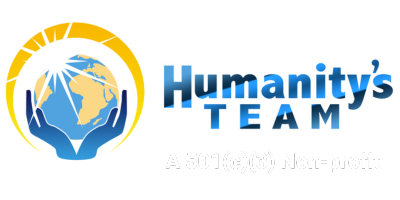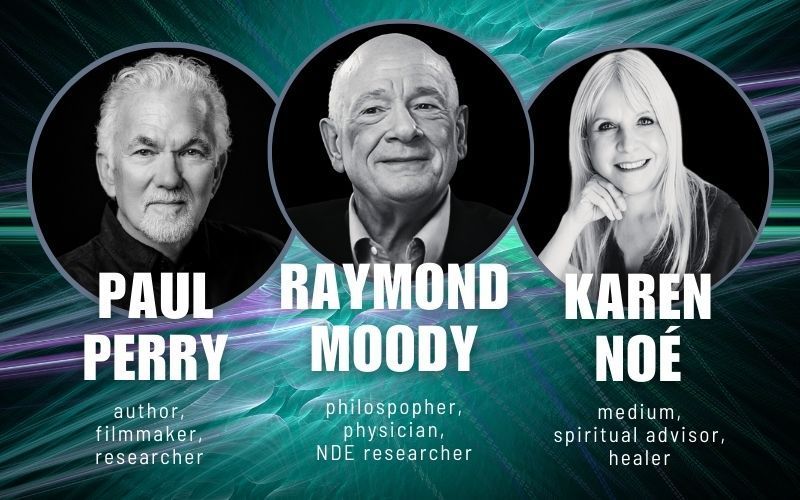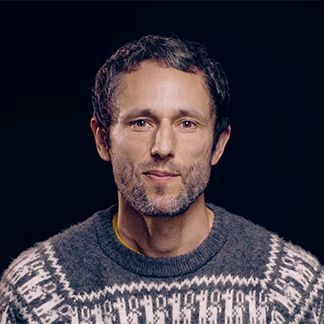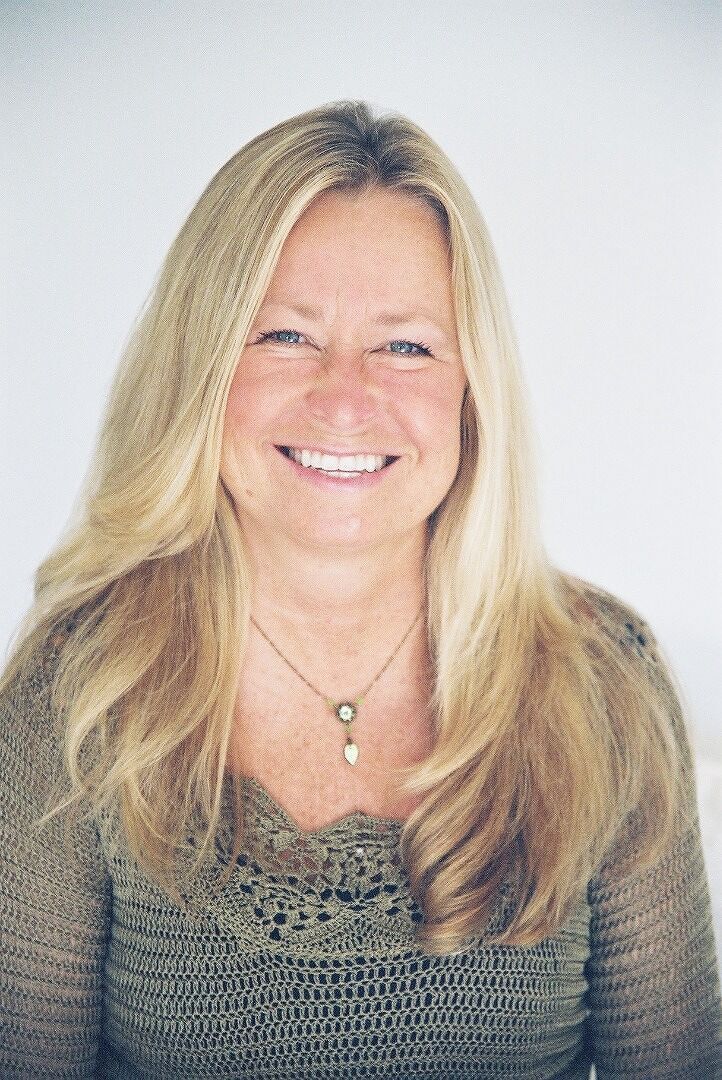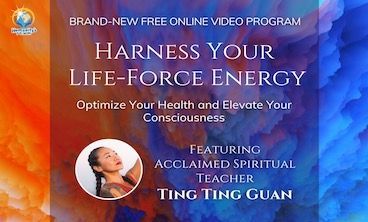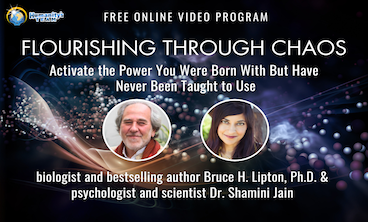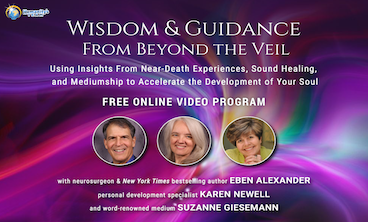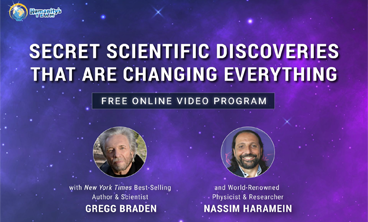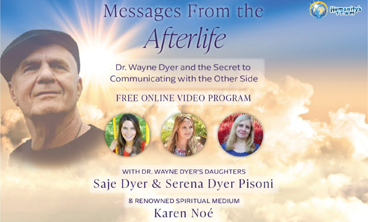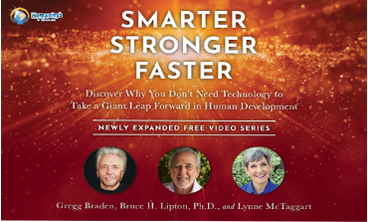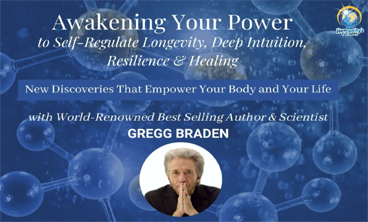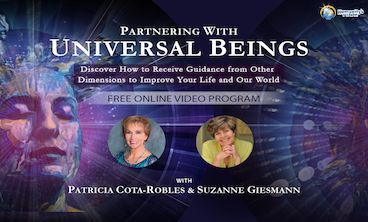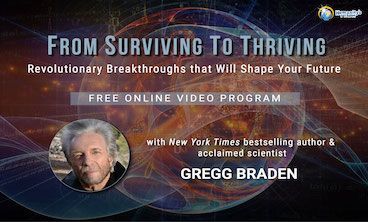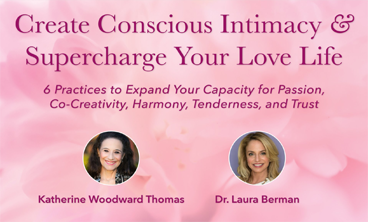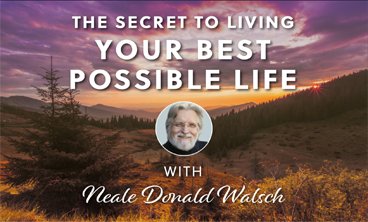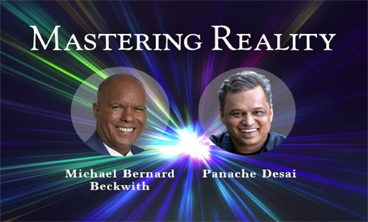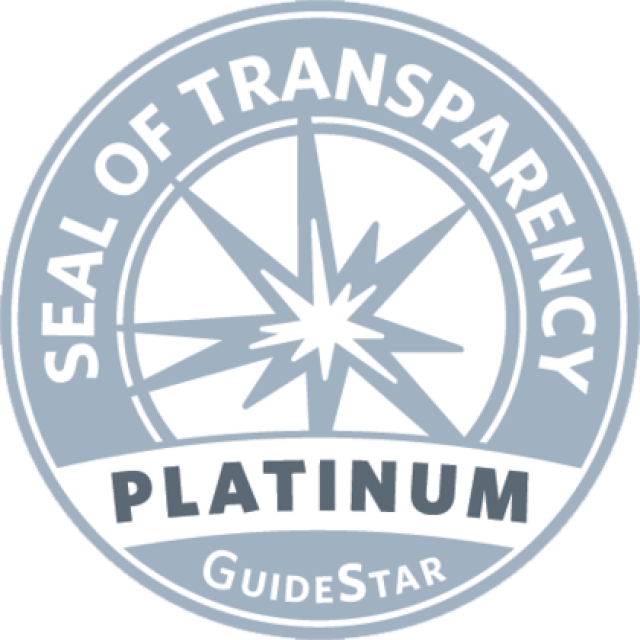
Nine Insights Into Sound Healing
Sound and music have been used since ancient times for healing and transformation. Yet there is today a growing re-emergence of interest in this field of sound healing with many different thoughts and ideas about the effects of sonics and their use as a transformative energy. Many of the major questions about sound healing are still unanswered. The following thoughts are just my own and may not be based upon the reality of anyone else. They may, however, prove to be useful insights and considerations for others.
One: We are all unique vibratory beings.
To begin, we address the concept that the basic principle of sound healing is that everything is in a state of vibration, including our organs, bones, tissues, etc. If these parts of the body become imbalanced they may be healed through projecting the proper and correct frequencies back into the body. This works for imbalances and over-or-underactivity in the chakras and the energy fields.
I believe that this concept is correct. I merely question whether the various frequencies that have been tabulated by numerous scientists and sound healers as being the frequency for the liver, for example, or the root chakra, are correct. My reason for questioning this information is that first, one healer’s frequencies usually don’t agree with another’s. The second is, do you really believe that you have the same vibratory rate as anyone else?
When I first began this work nearly fifteen years ago, I was involved in a project researching and investigating the effects of tone upon the chakras. I found dozens of different systems that used different sounds to achieve the same result. How could this be? I wondered. Later on, I came across the works of different scientists who used different frequencies to achieve the same result (and, I might add, with apparent success.)
This led me to create the formula:
Frequency + Intent = Healing (see Insight #6 below.)
The only commonality in many of these different systems was that the practitioner had the intent of vibrating or balancing a particular area or field with sound. However, this formula also stemmed from my own work with students, healers, and healees. It seemed that the more experience I had teaching and showing how to use sound as a transformative modality, the more validation I received that no one and nothing were the same. Which led to my belief that we are all unique vibratory beings, in a constant state of fluidity and flow.
On a cellular level, there may be generic tones for specific organs. However, we may be lacking proper understanding of this. Along with a frequency for the structure of the organ, there may also be a modulated frequency which is the pulse of the organ. The brain, for example, pulses at different frequencies (alpha, beta, delta, theta,) but these are not the frequencies of the tissues of the brain. There may be at least two very different types of sonics which influence and affect any organ.
To make the assumption that we are all at the same level of physical, emotional, mental, or spiritual development, (and therefore that our chakras all behave the same and resonate to the same frequencies,) is rather simplistic. In Tibet, it seems that different chakras receive different mantras as sounds to resonate them, depending upon the level of development of the student. An "Ah" sound, for example, might work for the throat chakra at one level of development, while it might work for the heart chakra at another level.
Years ago, a student of mine found a system for working with sound and the chakras which used the note "C" for the root chakra and went up the chakras diatonically ("C," "D," "E," "F," etc.) so that the seventh or crown chakra vibrated to "B." In principle, it was a very neat system. But it did not strike me as being correct for several reasons: First, it seemed that low frequencies affected my root chakra while high frequencies affected my crown. If the diatonic scale system were true, then that would mean that a low "B" would affect my crown chakra while a very high "C” would affect my root chakra, which did not seem to be the case. Also, is that note "C" resonating the root chakra before or after coffee? Early in the morning or late at night? Before or after meditation? It well may be that these activities and ingestions affect the frequency rate, not only of our physical body, but also of the chakras and the etheric fields.
I believe we are all unique and different vibratory beings with different frequencies for our bodies, brain, and energy centers. And these frequencies can change.
Two: Because of the uniqueness of the human vibratory rate and the uniqueness of our response to music, it is difficult to accurately test the effects of music upon the human body and energy fields.
One of the most effective measurements for testing the effects of music upon the body is kinesiology, a method of muscle testing. While highly trained practitioners of kinesiology can sometimes determine profound insights, kinesiology is a very difficult and specific tool if the practitioner is not skilled or clear about its purpose. It is necessary that the persons doing the testing be well trained in the various subtleties of kinesiology, and that they be extremely clear, with nothing to prove when doing the testing.
Three: The energy inherent on recordings may be as important as the sound reproduction of the recording.
As we move more and more into audiophile consciousness, with the advent of high-tech recording and playback equipment, a certain bias is developing which insists that for recorded music to be beneficial, it must be well recorded, without any distortion. There is an aspect of truth in this. "Clean," clear music, without distortion, etc., is very nice to our ears. It's great in fact, and I prefer it to poorly recorded sounds. But let's fact it, clean music isn't necessarily therapeutic. If one believes that there is an energy form (we'll call it "intent" for this purpose) outside the actual frequency range of the music, then something else is also going on when we listen to music.
Have you ever heard a poorly recorded "bootleg" of a fabulous concert that absolutely sent you soaring when you heard it, then when you heard the same song released on the album that was clean and clear, it did nothing for you? I have. I have a number of recordings of chanting from various spiritual masters on which the fidelity is questionable. But the energy inherent in these recordings is marvelous and somehow the healing or transformative energies are still transmitted through the sounds.
Let us not bias others with our own biases. It certainly qualifies and quantifies what's good and bad for us.
Four: No one recorded sound medium is better than another.
This brings us to the insight of whether analog recordings (cassettes and record albums) are more beneficial than digital recordings (or vice versa.) The sonic jury is still out on this. No one knows. No doubt, both analog and digital are very different and, no doubt, they both can have positive results.
When kinesiology was first used as a method of testing the effects of music, it really seemed that digital was not beneficial. At the time, this may have been true. The early digital recordings sounded different: they were clear, but cold. Some people would develop headaches while listening to them. Still later, as digital continued to develop, I found people who believed that digital recording created sounds that were not beneficial to the cells of the body or auric field. There may be truth to this. It is difficult to accurately test the effects of music.
More recently, a friend of mine who is a fine musical magician suggested that I was anti-digital because I was afraid of new technology. "Once you stop being afraid, you'll be able to work with digital and synthesized sampled sounds as a sonic form that can be worked with (and influenced) like any other sound." His words rang true. "Besides," he added, "digital is working with quartz-based technologies, and you know how you love to work with quartz crystals."
I listened to my friend’s advice and began to incorporate some digital and synthesized sampling technologies in my work. For example, during the recording of
Angel of Sound, I utilized both analog and digital studio techniques. In addition, during the recording, I consciously asked Shamael, the Angel of Sacred Sound, to come into the recording (regardless of whether it was analog or digital.) From all reports, the Angel is there.
One last thing: Some purists tend to think of analog as being a purer sound than digital. More real. Conceptually, this is true, until you add all the other elements of recording and playback to this. When you take an analog recording such as a cassette and play it back through a transistorized system (which most of us have,) that analog signal is significantly changed. The sounds that come out of the systems are no more "real" than anything else. Prerecorded music is in some way altered and changed from what it originally was. Therefore no one recorded sound medium is really better than another.
Five: All tunings from different instruments have healing potential.
Many people believe that only harmonically related tunings are healing. Without getting too technical, let me say that the tunings of keyboards are, for the most part, tempered tunings. This means that the natural harmonically-related intervals and ratios of different notes, when played together, are changed and different. On a piano, the ratios are logarithmically related, not harmonically. They don't possess the naturally occurring ratios that are a part of the harmonic series. Blame it on Bach, if you like, since he pioneered equal-tempered music. It did change the intervals on the keyboard, but it also allowed players to be able to change keys without hitting "bad" notes.
There are those who feel that only music which has harmonically-related intervals created either by the voice or by instruments that are not equal-tempered have therapeutic value. As the author of a book which focuses on harmonics I understand this belief, though it doesn't resonate with me as being true. Too many people have received healings, experienced transformations, and generally had wonderful times listening to music that was created by instruments such as the piano, which uses equal temperaments. One cannot denigrate these healing experiences by proclaiming that tunings must be harmonically related to be healing.
Six: Both intent and frequency create the transformation experience.
In my book
Healing Sounds and in my workshops, I focus a lot of energy and thought on the importance of intention: the energy behind the sound. I point out how important intention is in the healing process. Never, however would I say that intention is the only thing. Remember,
Frequency + Intent = Healing.
It's not just one or the other. As the saying goes: "The road to hell is paved with good intentions." As another writer pointed out, the path between conception and execution can be quite distant. If, for example, I want to calm someone and I shout in their ear, my intent may be one thing, but the actual sound I make may be quite another thing and create quite a different effect.
Intentionality is extremely important and something that needs to be worked on consciously and consistently by sound healing practitioners. Frequency is equally important and not to be ignored. We need to be aware of the psychophysiology of sound, how we use sound, and how sound affects us. We are vibratory beings and different sounds will resonate and influence us, unless we get to a level of attunement practiced by certain masters.
Perhaps it is regarding this ideal level of mastery and attunement where most people get confused. Few of us have achieved this vibratory level or the clearness of intent inherent in it. Usually, we are working at a level where we still need to clear ourselves when we're working with projecting intention. Just having a desire to be clear doesn't mean we're there yet. Probably when one has reached a mastership of clarity, where one can truly project divine intention--the difference between "Thy will" and "My will")--one can make any sound and have a desired effect. However, this is not often the case.
It's important, as we go through our spiritual evolutionary process when working with sound, to become aware of the effects of what we do, as well as what we intend. It is the only way.
Seven: Sound is subtle.
We still live in the old paradigm of "more is better.” However, when working with sound, the volume, duration of frequency, and the effect of the sound are not necessarily interrelated. We all know about how loud volumes can cause hearing loss. Also, in terms of physiological response, loud sounds do have specific and not particularly therapeutic effects. They trigger the fight or flight response, release adrenaline, raise heart beat, respiration, and brain wave activity, and may interfere with immunological functions. There are therapists, for example, who use music played at very high volumes to elicit certain responses. This is valid, but we must remember that this is a specific use of music for a specific purpose.
It may be that when working with sound, loud volumes actually have less ability to make those changes down at a molecular level than do soft, gentle sound. Very loud sounds may be too overpowering to achieve a desired and long-lasting effect, merely passing through the body without creating change. So louder is not better and neither is longer necessarily better. While we may still have a "more is better" consciousness, this is not necessarily true in terms of sound. A frequency, or tone, may be effective when listened to or chanted for a brief period, but the effects may nullify or even become adverse over too long a period of time.
There may be a minimum amount of sound duration that is necessary to make changes in the physical, emotional, mental, or spiritual body. Since we are all unique vibratory beings, I believe it differs from individual to individual. I certainly have observed extraordinary changes in people who have received sound for only a couple of minutes or less.
With the various sonic equipment and recordings that are now available there may be people who will be sounding or listening to a particular frequency all day long. Depending upon the individual and their needs, this may be fine, or it may not be healthful. More is not necessarily better and with sound, too much can possibly be debilitating to the nervous system or other systems of the physical and etheric bodies. Balance is an extraordinarily important aspect of any transformative or healing work and principles of balance should be applied to sound.
Eight: Sound and light/color are different forms of energy.
This thought may be quite controversial for some who believe light and sound are the same. No one really knows. My belief is that sound and light are related, but they are not the same.
What has happened with the sound-as-light phenomenon is that mathematical scientists have either taken the frequency of a note and then doubled it forty times, until this frequency is within the same range as a particular color of light, or taken the frequency of a color and halved it forty times until this frequency is within the same range as a sound. Then these scientists have said, "This equals that." It may be, but no one has actually turned a sound into light.
Different colors have been assigned to different notes, with devices like light organs, but it's still all theoretical. No one has been able to take one sound frequency and jump it up forty octaves, without relying on putting it into different instruments or computers which, of course, change the natural process of a sound wave.
It may be that as a frequency enters a different energy state (sound would have to turn into many different types of energy such as heat before it became light,) the frequency goes through a conversion process and the mathematics are very different. As energy is transduced, the math may become much more complicated than we know. The simple doubling process may not be relevant.
My thoughts are that sound and light are complementary energy forms, but not necessarily the same. Assigning specific colors to specific tones may be an oversimplification of a process we do not yet understand. It may be that we can encode any color upon any frequency. No one really knows the answers to this insight at this time.
Nine: All music potentially has therapeutic qualities.
Many people believe that only New Age Music is healing, or whatever type of music you want to substitute for "New Age." This gets into the same conundrum I experienced many years ago when I first began this sojourn into sound. Everybody wanted me to talk about how rock 'n' roll was the devil's music and bad. I wouldn't. It is my belief that any music, (depending upon the time, the place, and the need of the individual) can have therapeutic effects. It is not that any music will have therapeutic effects, but that it can, if it is correct for the individual.
Knowledge of the psycho-acoustic effects of sound is helpful here. Certain sounds will often create similar physiological responses in many people. Slow pulsed music, for example, will have a tendency to slow down our heart rate, respiration, and brain waves. Often, fast music will have the opposite effect. If it's three o'clock in the morning, I'm tired and driving home from a party, and I put on a piece of deeply relaxing music, what happens? I become even drowsier and such music would probably be extremely hazardous to my driving. However, if I were to play some loud, up-tempo music, most likely it would stimulate me, keep me awake, and under those conditions be quite therapeutic. Very different responses required. Very different types of music are needed.
Knowing how you want to use music is extremely important, as is understanding the potential psychological and physiological effects that are inherent in the music
One of the best ways of working with music is to create a musical prescription for yourself.
When working with others, you must find out what music works best for them in order to help create their musical prescription. It may be possible that a person cannot enjoy certain types of music because the sounds resonate imbalances within them. For example, one time a student could not listen to very low sounds, particularly those produced by chanting Tibetan monks. This was a response to a blockage in the lower chakras. Once this person was able to acknowledge the situation and open to the resonances created by the deep sounds, the blockages disappeared and they were able to release the imbalances. It was quite a transformational experience. This story illustrates how it is possible to find music that we really dislike, which can actually be useful in helping us to encounter and heal imbalanced aspects of ourselves.
My final suggestion is to allow the potentiality of healing to occur in every piece of music. Music can reach into aspects of our psyche that we may not have a clue even exist. There are people working solely with classical music, or "sacred" music, or New Age music. The reality is that all forms of music, from rock, to country, to jazz, to all the world musics that are now available to us, may have the potential of reaching further into our bodies, minds, and souls to initiate healing and transformation. Be open to all possibilities. You can never know what may transpire until you have tried.
JONATHAN GOLDMAN, M.A. is an international authority and pioneer in the field of sound healing. He is author of numerous books including HEALING SOUNDS, THE 7 SECRETS OF SOUND HEALING, and his latest, the best-selling THE HUMMNG EFFECT (co-authored with his wife Andi Goldman) which won the 2018 Gold Visionary Award for “Health Books”. Jonathan is director of the Sound Healers Association and president of Spirit Music, Inc. in Boulder, Colorado. A Grammy nominee, he has created over 25 best-selling, award winning recordings including: “CHAKRA CHANTS”, “THE DIVINE NAME”, and “REIKI CHANTS”. Jonathan has been named as one of Watkins’ Mind Body Spirit magazine’s “100 Most Spiritually Influential Living People”. www.healingsounds.com
Share this post!
LATEST BLOGS
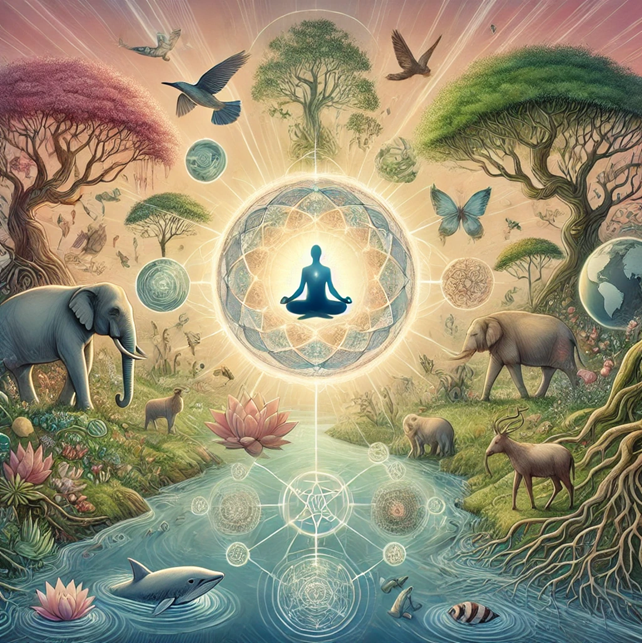



FREE PROGRAMS
LISTEN TO ONE OF OUR RECENT PODCASTS
Sign up now so you never miss a blog post, podcast,
or free event with Humanity's Team!

